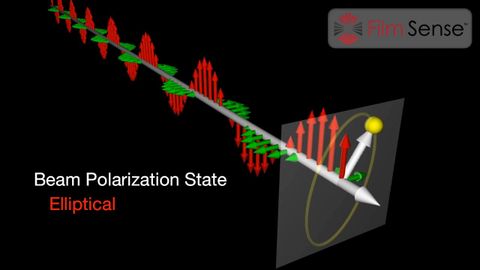橢偏儀和偏振光簡介 (Introduction to Ellipsometry and Polarized Light)
kevin 發佈於 2024 年 09 月 21 日  沒有此條件下的單字
沒有此條件下的單字US /ˈmʌltəpəl/
・
UK /ˈmʌltɪpl/
- adj.多重的;多種的;多發性的;多重的
- n. (c.)多;多個的;乘數
- pron.多重的
US /dɪˈskrɪpʃən/
・
UK /dɪˈskrɪpʃn/
US /dɪˈtɚmɪn/
・
UK /dɪ'tɜ:mɪn/
US /ˈɑrbɪˌtrɛri/
・
UK /ˈɑ:bitrəri/
- adj.任意的;獨斷的;任意的;武斷的;不講理的;專斷的
